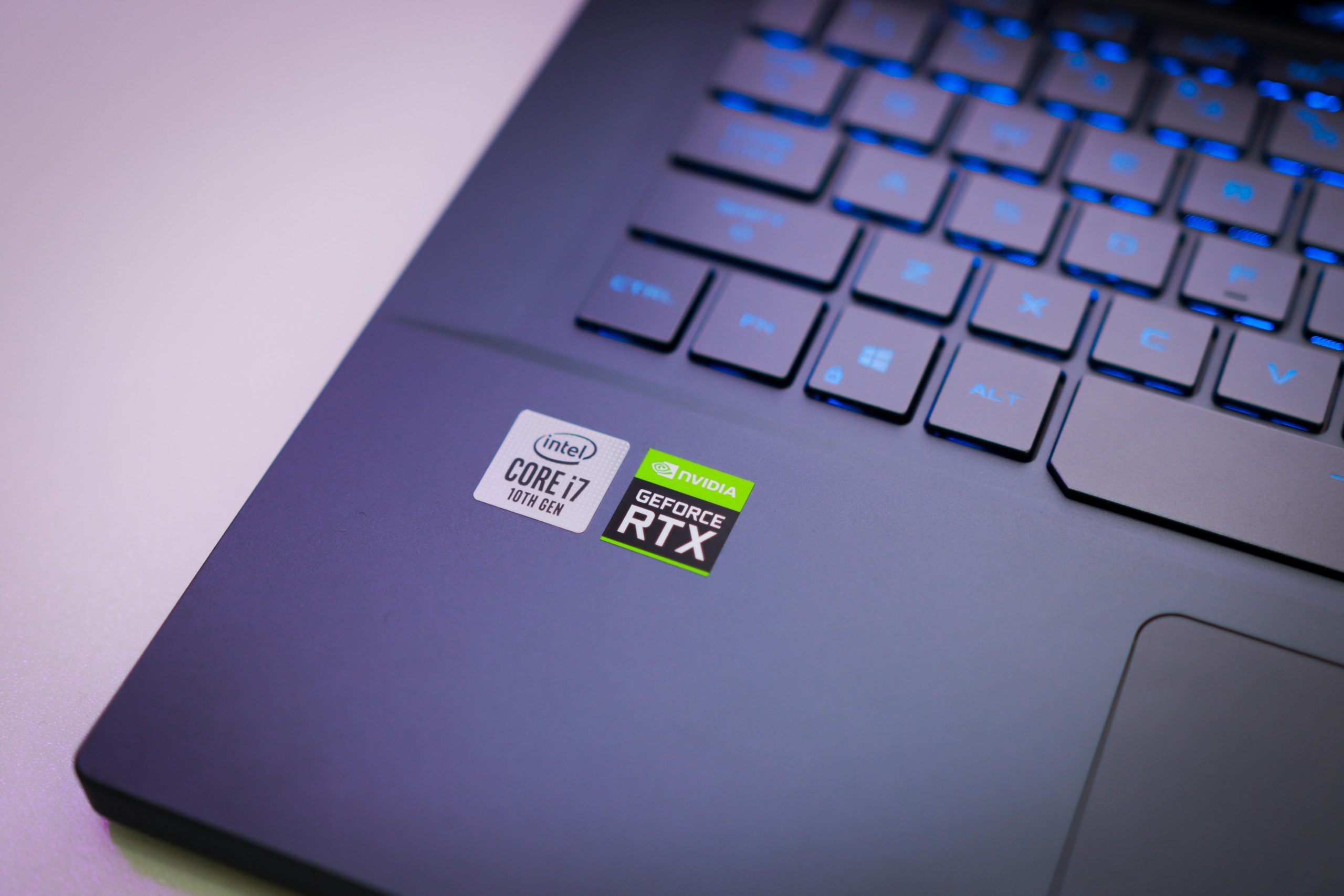Navigating the Aftermath of a Computer Virus: Safeguarding Your Precious Photos
Recently, my husband inadvertently introduced a troublesome virus into our computer system after clicking on a dubious link found on a blog. The aftermath of this encounter was significant; our computer experienced serious malfunctions, requiring a challenging restart to get it functioning again. To complicate matters, the virus altered our desktop background, and we were even targeted by a scammer impersonating a Microsoft representative, who had the last four digits of our bank account. Fortunately, my husband recognized the deception and promptly terminated the call.
As I reflect on this experience, I find myself facing a pressing issue: I have a vast collection of photos I’ve intended to transfer to a USB drive but procrastination has delayed that task. Despite managing to restore our system to a point from a week prior, I am concerned about the integrity of my photos and whether they might harbor remnants of the virus. Although Windows Defender hasn’t flagged any threats since the restoration, I am left with lingering doubts due to its failure to alert us of the initial infection.
With the imminent plan for a factory reset on our computer, I’m eager to ensure the safety of those cherished photos before proceeding. This raises a critical question: What are the odds that my images could carry traces of the malware? Additionally, I am curious about any further precautions I should consider to avoid future risks.
As we navigate this unexpected hurdle, it’s important to understand that viruses can sometimes infiltrate various files, but with careful handling, we can minimize our risk. It’s crucial to employ reliable antivirus software and ensure that any saved files are scanned thoroughly before transferring them to other devices. Following a factory reset, always maintain vigilant security practices to protect your digital life.
In closing, while this experience has unnerved us, it serves as a reminder of the importance of being cautious online and maintaining regular backups of important files. If you find yourself in a similar situation, take the time to assess the risks, and prioritize securing your valuable memories before proceeding with any drastic measures.
Share this content:




Helpful Tips for Safeguarding Your Photos After a Virus Infection
It’s understandable to be concerned about the safety of your photo files following a virus infection. Here are some steps you can take to mitigate risks and ensure your files are safe: